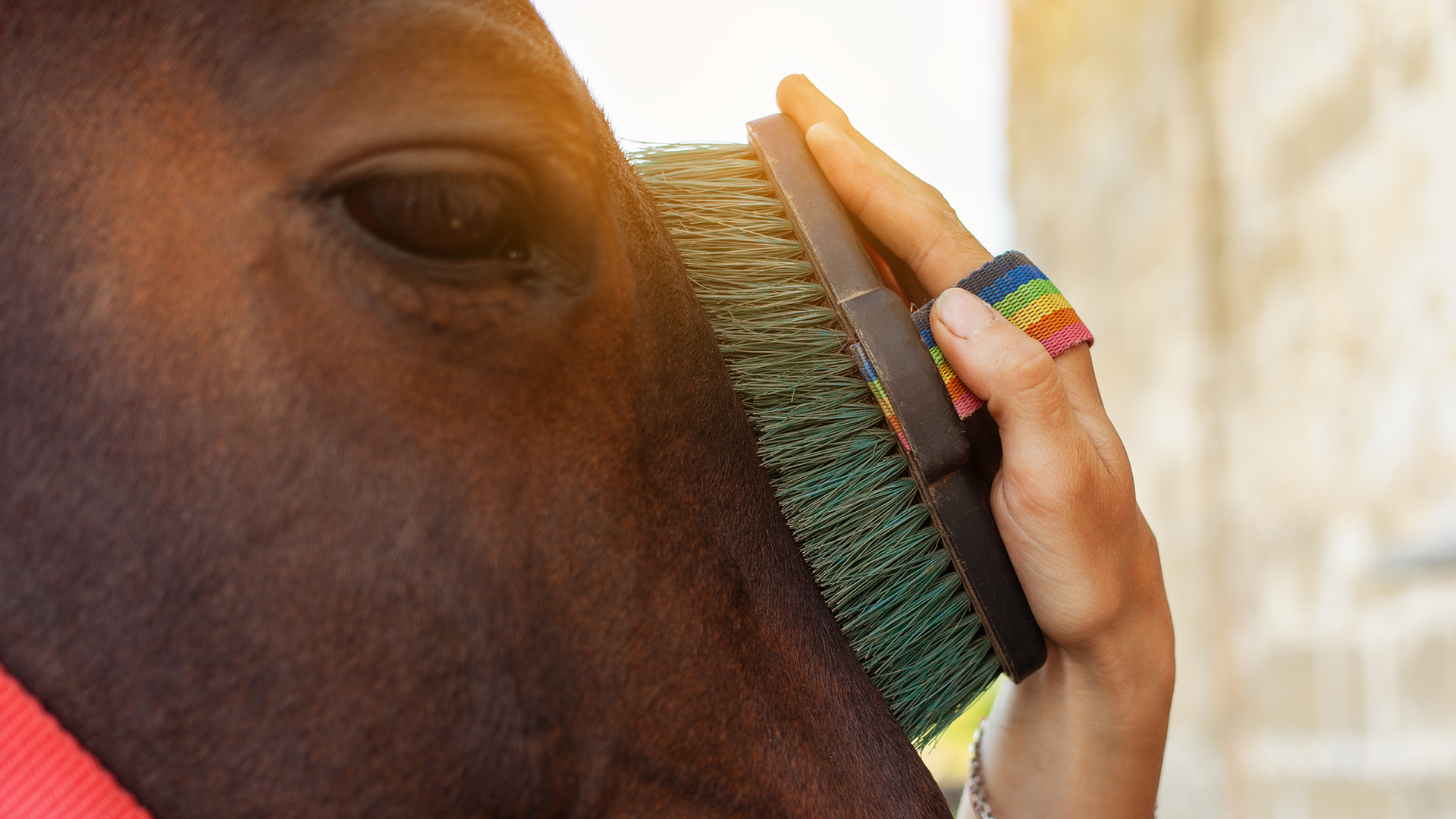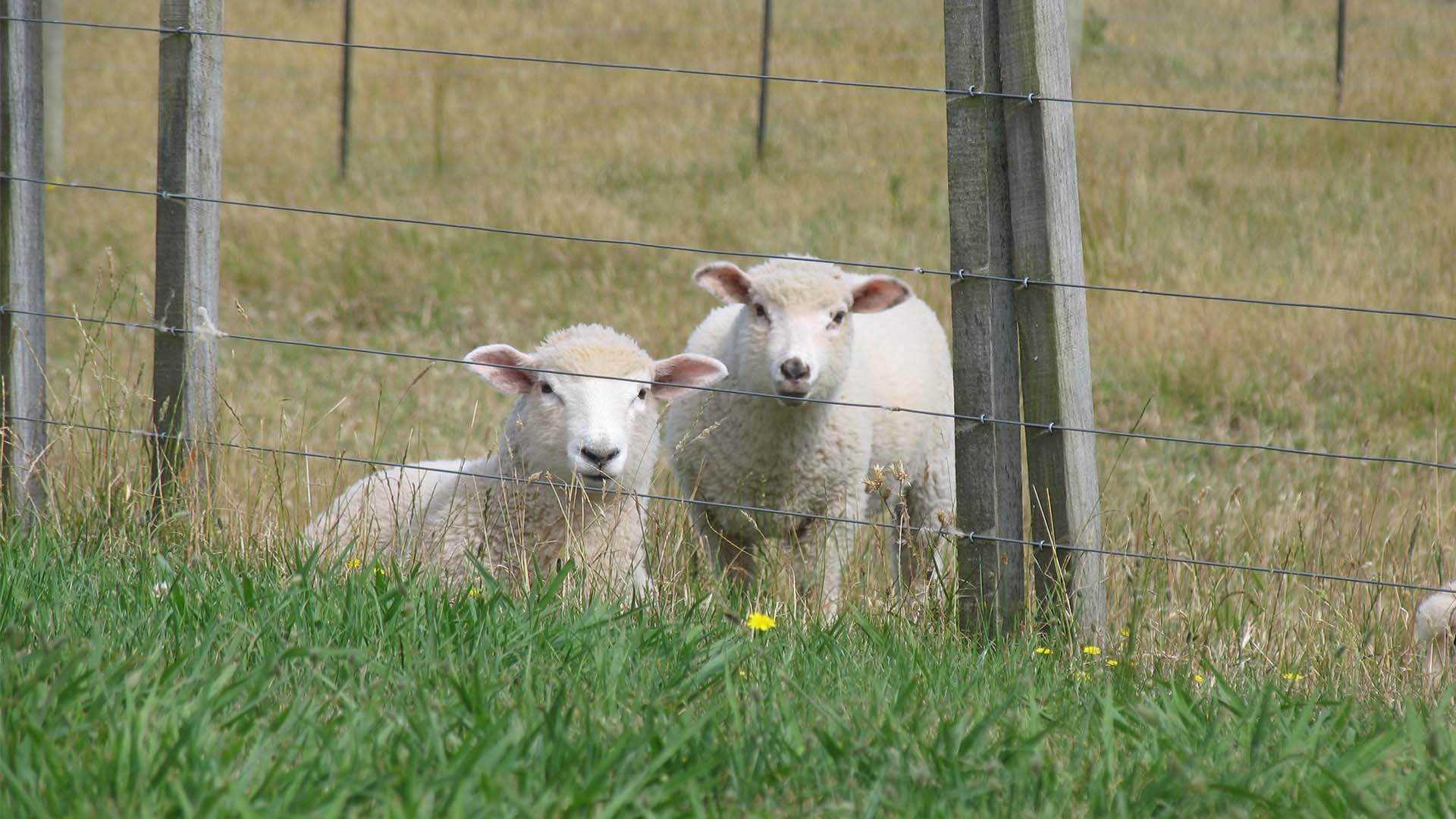
When it comes to being a horse owner, it can be overwhelming to make sure that your horse is well cared for in all aspects. Nutrition and quality care are important, but you can’t forget about grooming your horse so that they look and feel the best they can. Learn about the best grooming practices for horses here!
When to Groom and Why
When it comes to grooming your horse, there are some factors to consider when deciding how often. Living conditions, time of year, and the horse’s work level all play into the frequency.
If your horse is mainly outside, there is a chance that grooming will happen more frequently because of weather and outside forces. Where you live can also factor in, as winter and fall might require more frequent grooming sessions because of conditions making the horse wet or muddy. In the Spring, the horse can shed winter hair, and in the summer the horse can have excess sweat that needs washing off.
If your horse is a working horse, grooming helps work the muscles to allow blood flow and can ease soreness and pain. Grooming can also help relax a horse after a long ride and provide relief to aches.
Grooming your horse goes beyond just being good for your horses’ skin and coat. It’s a great practice to teach mannerisms and how to react to people being in their space. Teaching your horse to be comfortable and respect your space is a great bonding experience that also helps you learn more about your horse.
What to Keep in Mind While Grooming
Grooming can seem like an overwhelming task but breaking down different parts that need to be groomed can help make it manageable.
Starting with body grooming, use a quality comb to groom your horse. There are lots of different combs that are designed to remove dirt and dead hair. When using a comb, make sure to use small circular motions starting at the neck and then working your way across the body.
After the comb, use a brush to loosen up the dirt and hair. When brushing your horse, always brush in the direction of the hair. Finally, after the combing and brushing, you can carefully remove dirt and other excess residues with baby wipes, soft towels, or sponges. This is good for areas around the face and those dirtier spots that didn't come out with the brush.
After body grooming, you can start grooming the mane and tail. Warm water and shampoo are most used to clean the mane and tail while adding extra shine. Let the tail and mane air dry, then use a wide-tooth comb to brush them out. You may decide to use detangler if your horse's hair gets tangled easily. You can trim up your horse’s mane and tail to your desire - or even choose to braid it.
When it comes to grooming, each horse will have a different regimen based on the factors previously mentioned. Despite that, there are things to keep in mind when grooming your horse. Here are some things that you should be aware of:
- Don’t brush the tail every day, it might pull out the hairs. When brushing the tail, use a wide-tooth comb and work from the bottom to the top.
- For a brighter shine, commercial coat conditioner sprays work – but only use them on areas that the saddle won’t be on. Otherwise, it might be slippery.
- When washing the horse’s coat, avoid excessive scrubbing that will strip the oils away. These oils are important for coat health and act as a protectant, plus, it makes the coat shinier.
- Trim or clip the shaggy hairs around the horse’s jawline, muzzle, and ears.
- Clip/trim the leg hair that may have grown out along with their winter.
- Pick hooves out daily.
- Use sun protection to avoid sun bleaching (when a horse’s coat loses its natural color and shine).

Learn More
Taking care of your horse goes beyond just grooming, feeding, and caring, like making sure your environment is right for the horse. Learn how you can produce the best environment for your horses and how you should set up an electric fence plan for your horses here. At Zareba, we provide electric containment for a wide variety of animals, garden protection, and predator prevention. Keep up with the latest animal news by signing up for our eNewsletter.



